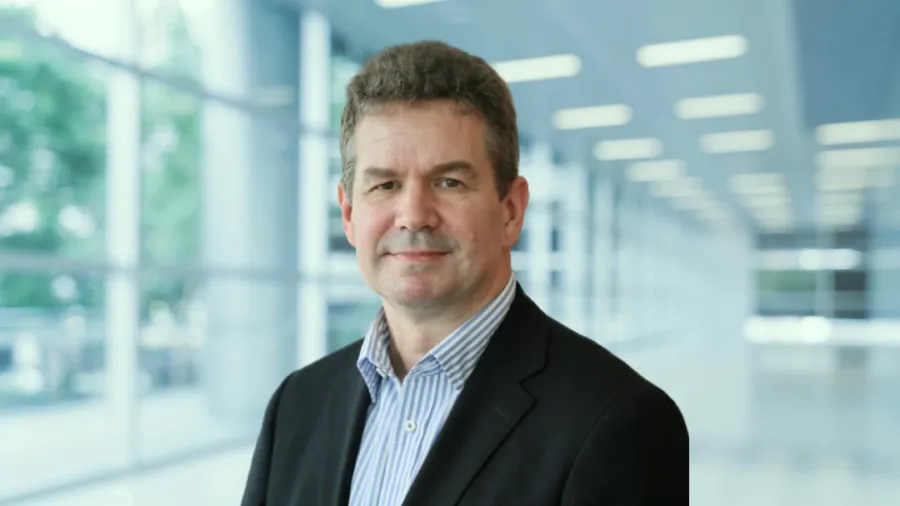
See the full picture of financial crime with AI
Jonathan Tanner, Senior Director, Industry Principal Financial Services & Insurance Asia Pacific, Pegasystems
The bad guys only have to get it right once, but the good guys have to be alert all the time to avoid making the one mistake that lets the crooks in.
That truism for cybersecurity applies to any industry. Yet, the saying rings even truer for financial institutions that are often the last line of defence against low-level fraudsters and organised gangs alike.
Fail to prevent money laundering transactions from happening and a bank will have allowed criminals to use its resources to finance organised crime or even potential wars. Miss a scammer syphoning money off a customer’s account and that person might have their lifelong savings emptied out in seconds.
Financial crime, increasingly enabled by the interconnectedness and complexity of modern banking systems, is becoming harder to catch. In recent years, criminals have become smarter and more organised in deploying scams, forcing financial institutions to be constantly vigilant.
In Singapore, money laundering events rose 79% in 2023 from 2022, according to financial intelligence firm Moody’s. Across Asia-Pacific, it is noted that money laundering has been steadily rising in recent years.
Perhaps the most stunning case of late is a US$2.24b money laundering ring busted in Singapore in 2023. The country is now seeking stricter laws to seize properties and other assets from offenders.
For financial institutions, being linked to money laundering activities or other criminal enterprises can easily cause reputational damage and erode customer confidence. They could face regulatory penalties as well.
If financial crime can slip through even the tightest net, how can financial institutions catch and manage such criminal activities?
First, they have to be transparent. To do that, a financial institution needs the tools to know what has gone wrong so it can explain to customers. Second, it has to take accountability by taking specific steps to improve and boost compliance. Third, it has to embark on a long-term shift towards more robust risk management to rebuild trust.
One way to put these strategies into practice is to hire more people to do the work. As a problem gets bigger, simply having more people do the checking has often been the approach.
However, there are limits to this approach. As transactions multiply and customer numbers grow with increasing digitalisation, it is impossible to keep growing the headcount to check customers who are onboarding or to comb through potential fraudulent transactions as they happen in real-time.
This is where technology needs to play a part as a force multiplier. By making use of an AI-led solution such as Pega, financial institutions can investigate suspicious transactions more efficiently and manage risk alerts better. This helps to boost the speed of investigations whilst driving operational costs down over time.
To get things moving, what financial institutions need is a full picture of customers. By bringing both predictive and adaptive AI into the investigation workflow, they unify disjointed data, siloed systems, and fragmented processes to fit around the customer. This lets them get more intelligent, cost-effective case handling and a consolidated view of risk at the customer level.
For example, automated intelligence gathering directly leads to hours of manual labour saved. The result is reduced duplication, fewer handoffs and faster resolutions.
AI also helps to reduce false positives and negatives by delivering a more accurate picture of customers. Just as important is automated risk assessment, which helps human investigators zoom in on the cases that merit more scrutiny.
If these investigators are frequently seeing a dashboard full of alerts, they will be unable to prioritise the truly important cases. Here, AI that scans through and consolidates the alerts from multiple detection systems is invaluable to catching the one true fraudulent transaction amongst many.
With its big leaps forward of late, generative AI can also significantly improve productivity by boosting the accuracy and speed of an investigation. By providing clear guidance that is easy to follow, generative AI can significantly speed up traditionally manual processes, such as creating reports on suspicious matters to a regulator.
Ultimately, AI is just one part of a complex system that modern financial institutions have to work with today. What it does is simplify and streamline the various sources of data and present a clear way forward to investigate potential financial crimes.
It can deliver a modern, intelligent workflow that helps financial institutions retain the trust that customers have placed in them as stewards of their financial well-being.
For more information about how Pega can help you remove the complexity out of FinCrime investigations and alerts, please get in touch with Pega today.

Jonathan Tanner is the Senior Director, Industry Principal Financial Services & Insurance Asia Pacific at Pegasystems.


















 Advertise
Advertise








